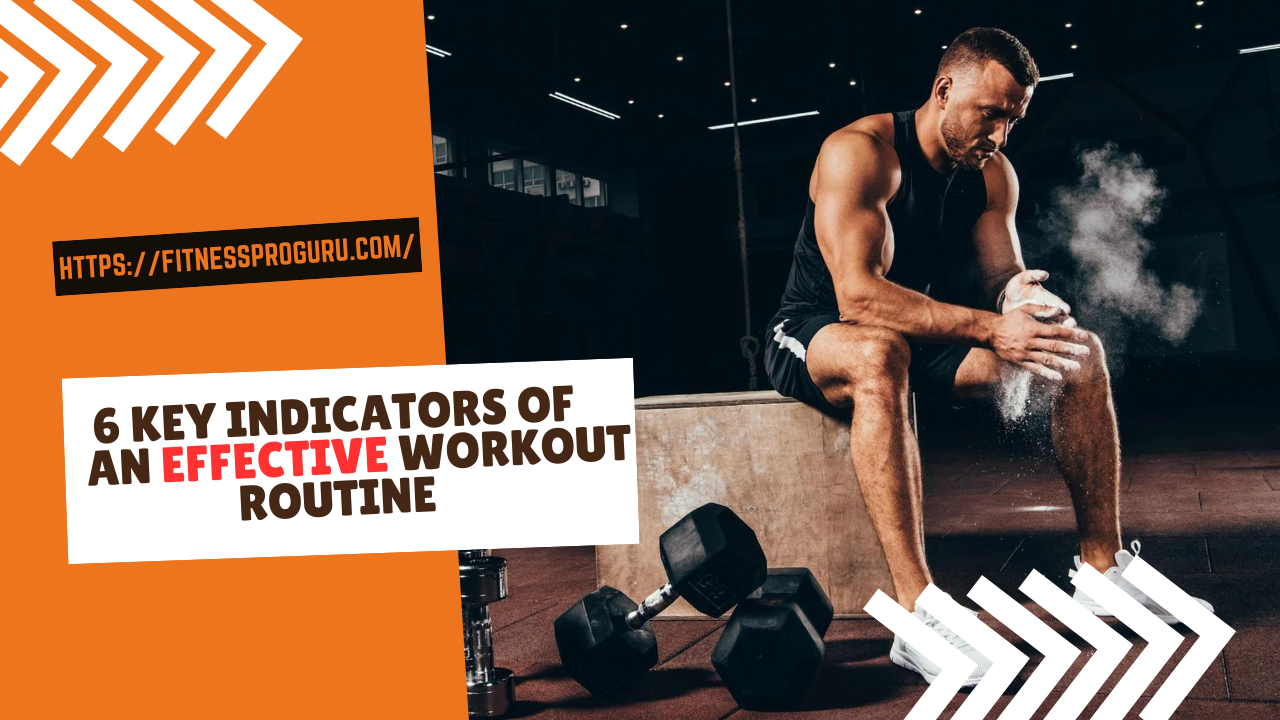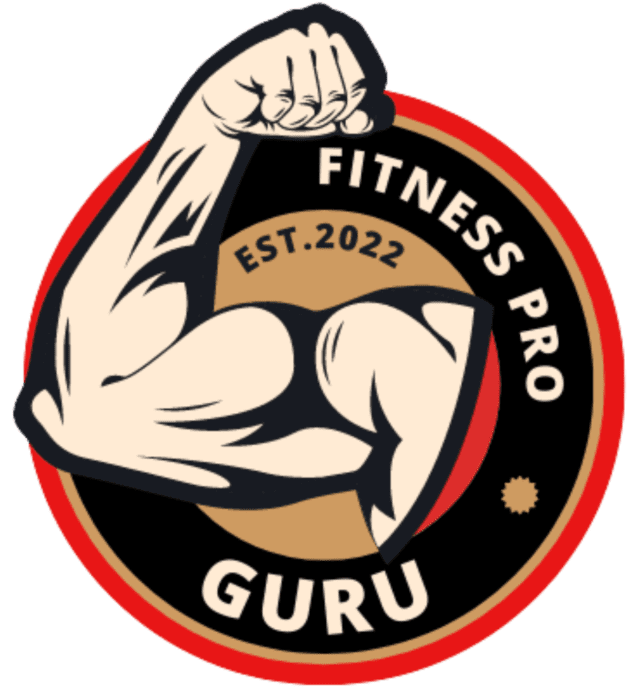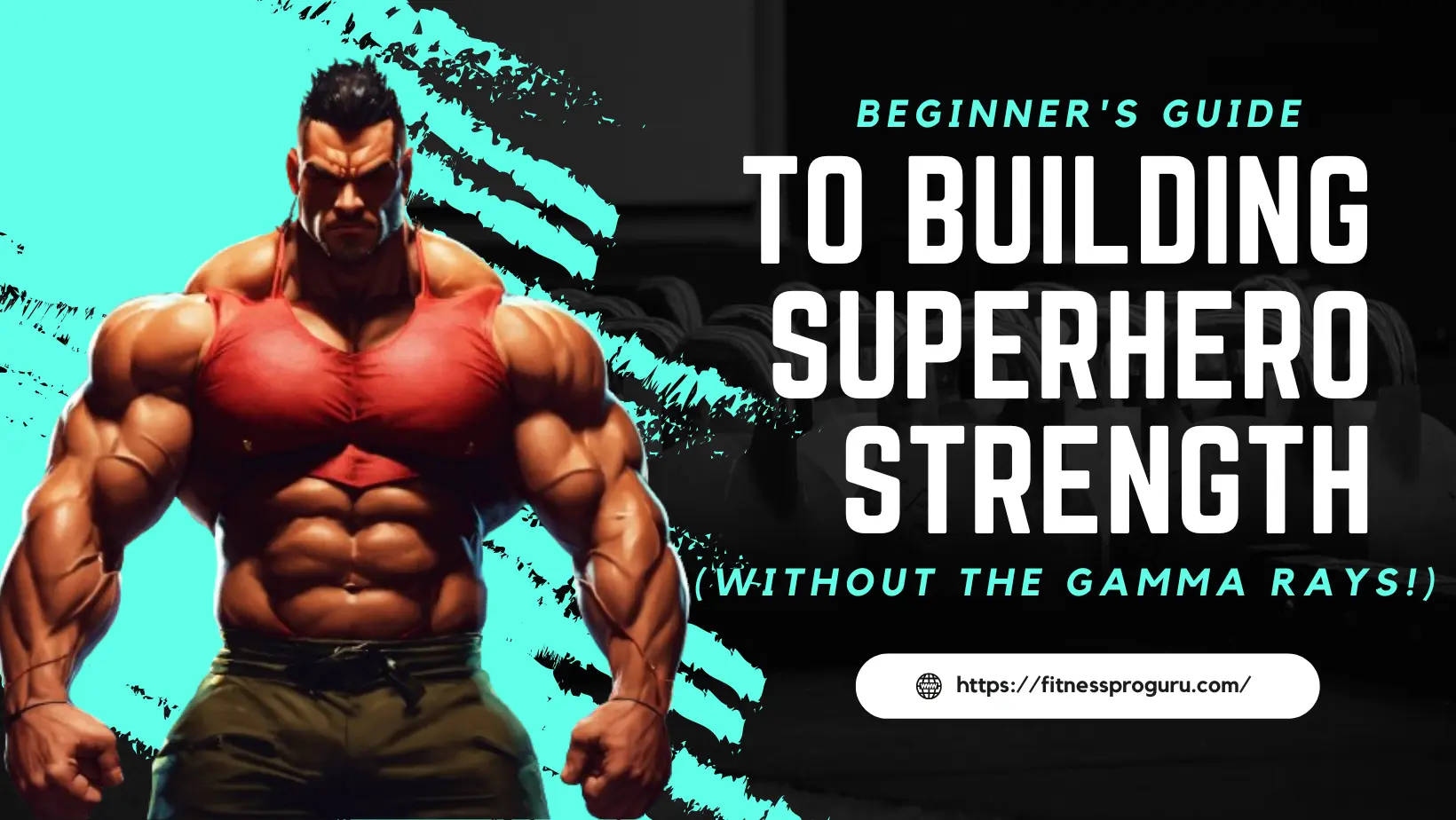
299views

Determining whether you’re doing a proper workout involves a combination of factors, including physical sensations, mental focus, and measurable progress. Here are six signs to look out for:
Here are six signs you need to take a look at your training style and make some key adjustments.
- Proper Form: Correct form ensures that you’re effectively targeting the intended muscles and reducing the risk of injury. It also enhances the efficiency of your workout, allowing you to get the most out of each exercise. You can achieve proper form by focusing on alignment, engaging the right muscles, and performing movements with control and intention.
- Increased Heart Rate: A higher heart rate indicates that your cardiovascular system is working harder, which is essential for improving cardiovascular health, endurance, and calorie burning. Monitoring your heart rate during exercise can help you reach an intensity level appropriate for your fitness goals, whether it’s moderate, vigorous, or somewhere in between.
- Muscle Fatigue: Feeling the burn during exercise is a sign that you’re challenging your muscles sufficiently. This muscle fatigue results from the accumulation of metabolic byproducts like lactic acid, indicating that your muscles are being pushed beyond their usual capacity. However, it’s crucial to distinguish between normal muscle fatigue and pain from improper form or overexertion, which can lead to injury.
- Progress Over Time: Tracking your progress is key to gauging the effectiveness of your workouts. Whether it’s lifting heavier weights, running faster or longer distances, increasing flexibility, or achieving better endurance, consistent improvement indicates that your workouts are yielding results. Keep a workout journal, use fitness apps, or set specific goals to measure your progress accurately.
- Post-Workout Feelings: A proper workout should leave you feeling invigorated, mentally refreshed, and satisfied with your effort. The release of endorphins during exercise contributes to feelings of well-being and can help reduce stress and anxiety. If you consistently feel drained or excessively sore after your workouts, it might be a sign that you need to adjust the intensity, duration, or recovery strategies of your routine.
- Balanced Routine: Incorporating a variety of exercises into your routine ensures that you’re targeting different muscle groups, improving overall fitness, and reducing the risk of overuse injuries. A balanced workout plan includes elements of cardiovascular exercise, strength training, flexibility work, and functional movements. Assess your routine to ensure it addresses all aspects of fitness and consider consulting a fitness professional for personalized guidance.
Fitness That Lasts: Ditch the Fad Diets and Build a Sustainable Workout Routine
By paying attention to these signs, you can ensure that your workouts are effective, safe, and enjoyable, leading to better long-term health and fitness outcomes.
add a comment




